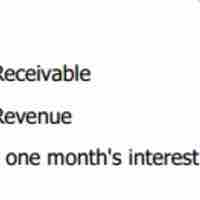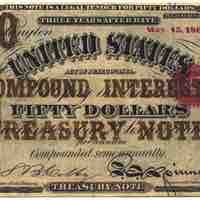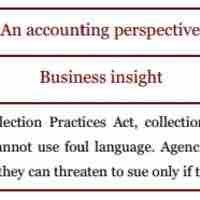Section 4
Notes Receivable
Book
Version 3
By Boundless
By Boundless
Boundless Accounting
Accounting
by Boundless
4 concepts

Components of a Note
Notes Receivable represents claims for which formal instruments of credit are issued as evidence of debt, such as a promissory note.

Recognizing Notes Receivable
In accounting, notes receivables are accounts to keep track of accrued assets that have been earned but not yet received.

Valuing Notes Receivable
Companies have two methods available to them for measuring the net value of accounts receivable: the allowance method and the direct write-off method.

Write-Offs
Companies use two methods for handling uncollectible accounts: the allowance method and the direct write-off method.